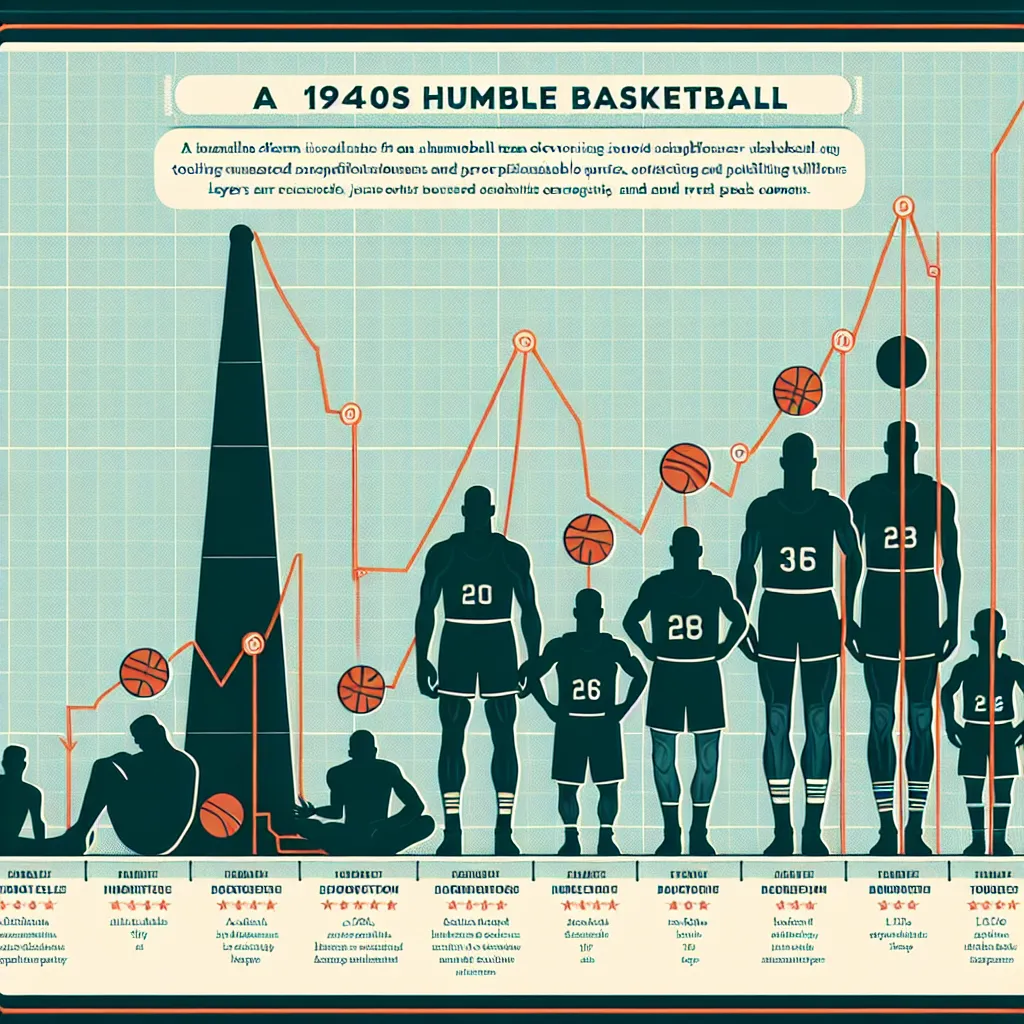Basketball is the heart of American sports. In the world of basketball, the NBA is the ultimate dream. Among the legendary teams, the Golden State Warriors have been a staple since the NBA’s inception.
Back in the mid-1940s, basketball looked nothing like it does today. There wasn’t even an NBA yet. Instead, there were the American Basketball League in the East and the National Basketball League in the Midwest. Teams played high-level basketball, but in small arenas, ballrooms, and high school gyms.
Enter Maurice Podoloff, a Ukrainian immigrant and president of the American Hockey League. He had an idea: why not use his league’s empty hockey arenas for basketball? When the existing leagues didn’t bite, Podoloff did the all-American thing: he started his own league. Thus, the Basketball Association of America (BAA) was born in 1946, featuring 11 teams, including the Philadelphia Warriors.
Owned by Peter Tyrrell and built by Eddie Gottlieb, a 30-year basketball veteran, the Warriors won the BAA’s first championship. Joe Fulks was the team’s star, setting single-game scoring records and averaging 24 points per game.
In 1949, Podoloff merged the BAA with the National Basketball League, creating the NBA. The Philadelphia Warriors were among the 17 teams in this new league. Gottlieb would eventually buy the team for $25,000, leading them to their first NBA title in 1956.
In 1959, the Warriors signed Wilt Chamberlain, a basketball prodigy who became Rookie of the Year and MVP in his first season. Chamberlain’s 100-point game in 1962 remains legendary, despite not being televised.
After the 1962 season, Gottlieb sold the Warriors for $850,000 to investors led by Franklin Mieuli, who moved the team to San Francisco. Despite initial success, the team’s attendance dropped, and Mieuli eventually became the sole owner. In 1971, the team moved to Oakland and became the Golden State Warriors. They won the NBA title in 1975 but struggled in the following years.
Mieuli sold the team in 1986, and under new ownership, the Warriors saw moments of brilliance thanks to players like Tim Hardaway, Mitch Richmond, and Chris Mullin, known as ‘Run TMC’. In 1994, the team was sold for $119 million to Chris Cohan, whose tenure saw some of the worst seasons in franchise history. However, Cohan’s renovation of the Oakland Coliseum Arena and a naming deal with Oracle provided financial stability.
In 2010, Cohan sold the team for a then-record $450 million to Peter Guber and Joe Lacob. The Warriors’ fortunes changed with the appointment of Steve Kerr as head coach in 2014. Kerr reorganized the team, leading to Stephen Curry’s rise as the greatest shooter in NBA history. Curry led the Warriors to their first championship since 1975 in 2015 and became the first unanimous MVP in NBA history in 2016.
Since 2015, the Warriors have dominated, winning 85% of their games. The team is now worth $2.6 billion. With the move to the new Chase Center in San Francisco in 2019, the Warriors’ future, both financially and on the court, looks bright. Even with challenges, such as signing Kevin Durant, the team continues to perform exceptionally.
As we look at the 2017 finals, the Warriors versus the Cleveland Cavaliers promises to be exciting. Whether they win or not, the Warriors are set to continue their impressive run, both in gameplay and financially, with plans to offer Steph Curry an unprecedented $207 million contract.
No matter the outcome, the Golden State Warriors remain a powerhouse in the NBA, showcasing a remarkable journey from their origins to their current success.






